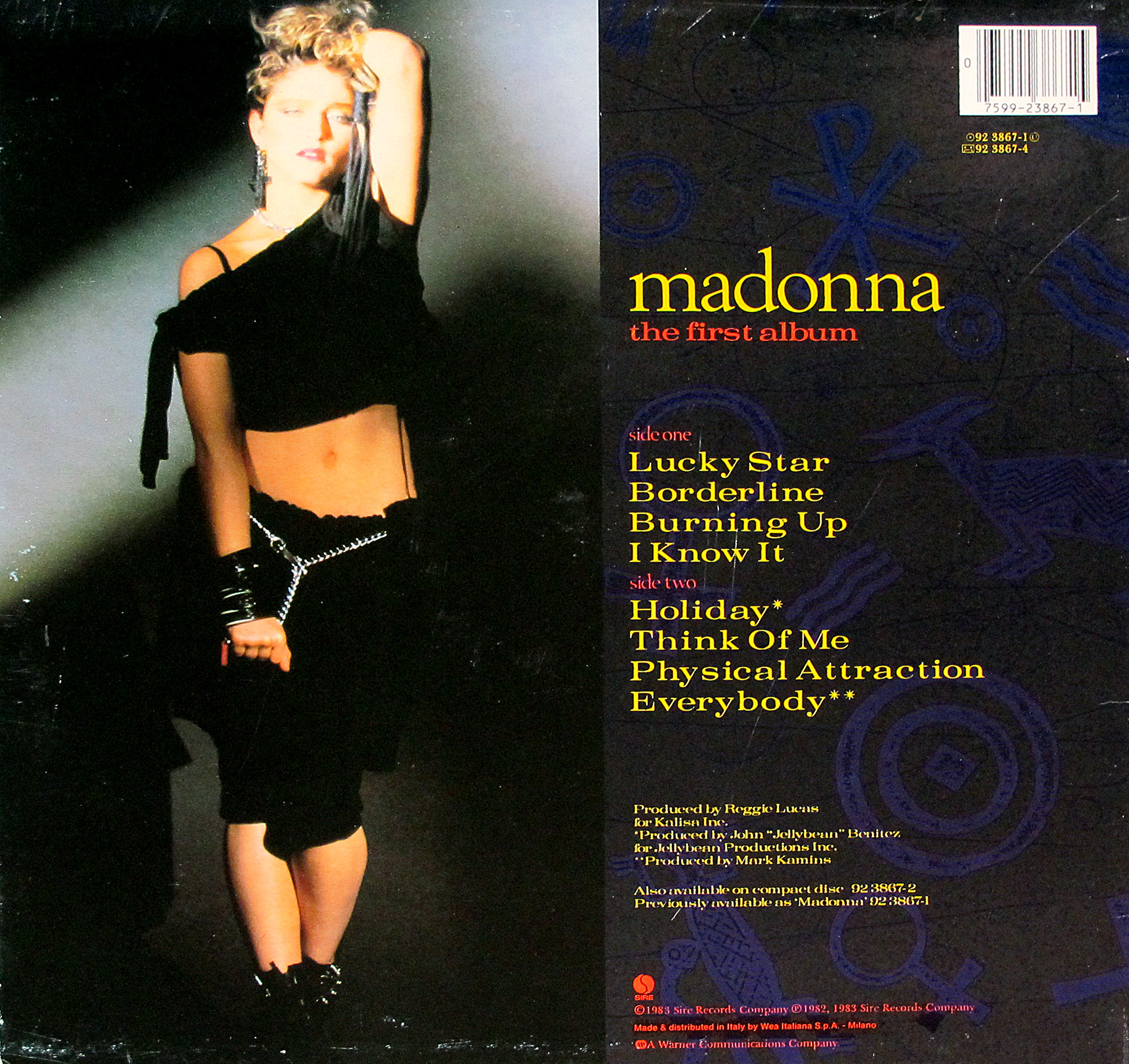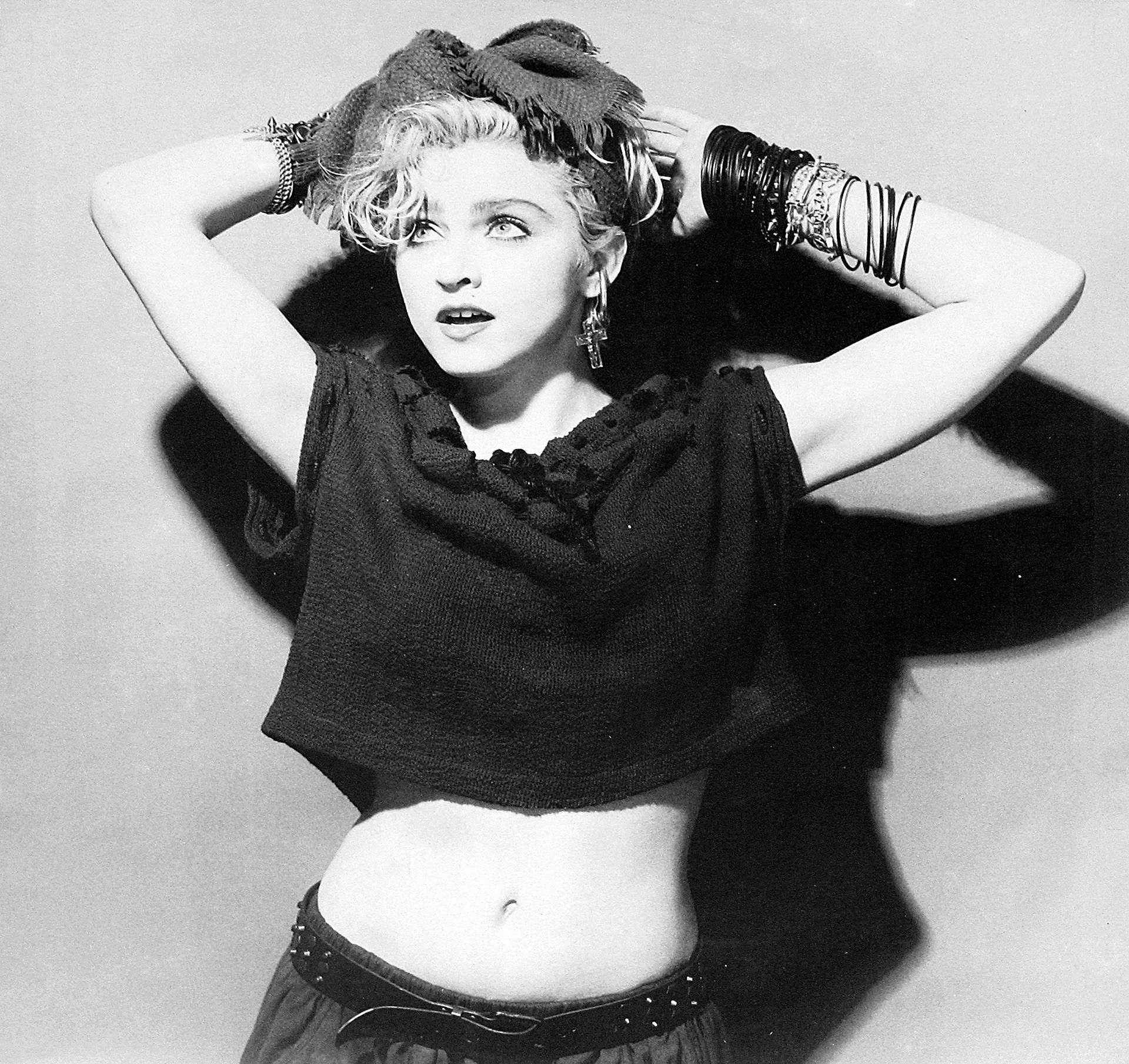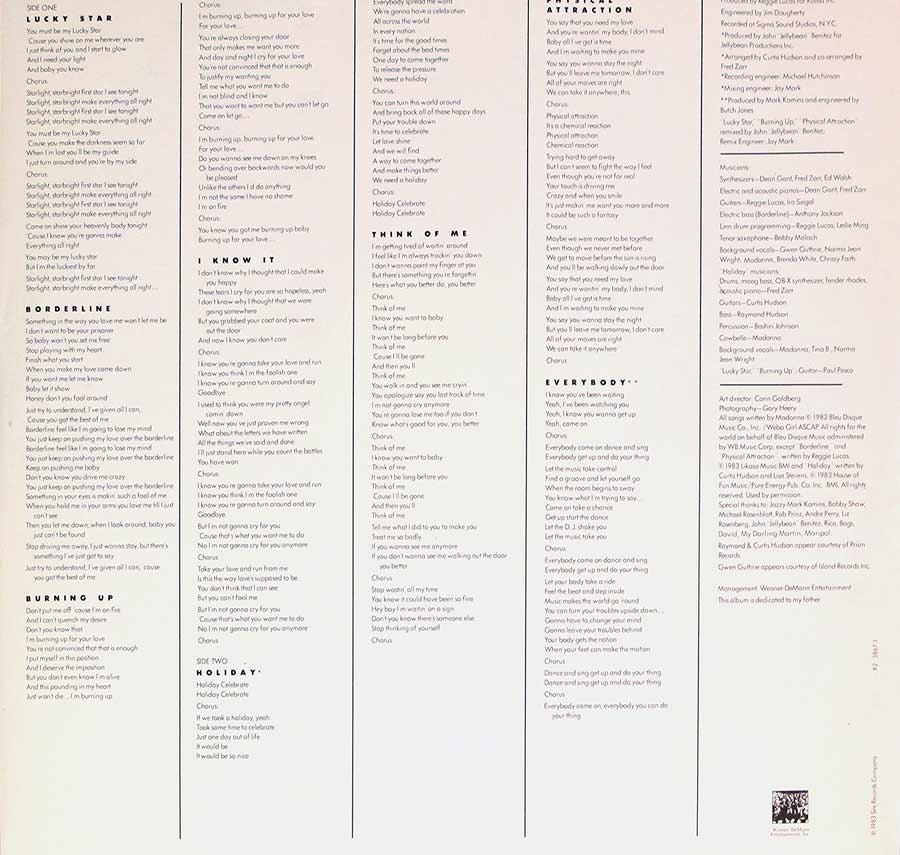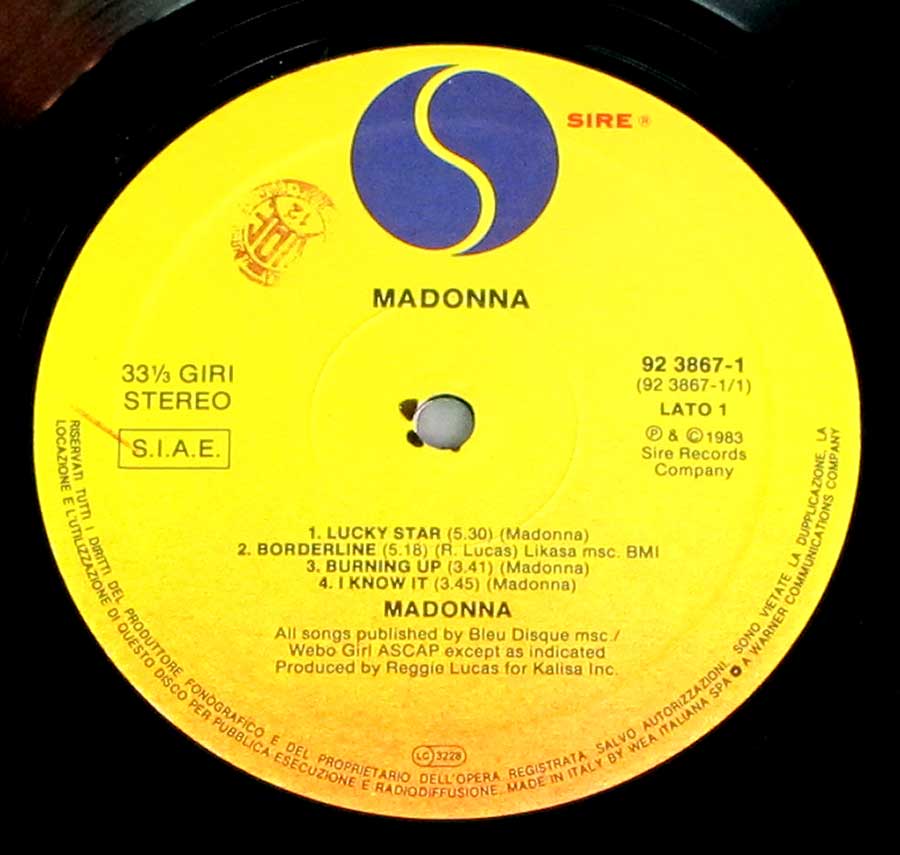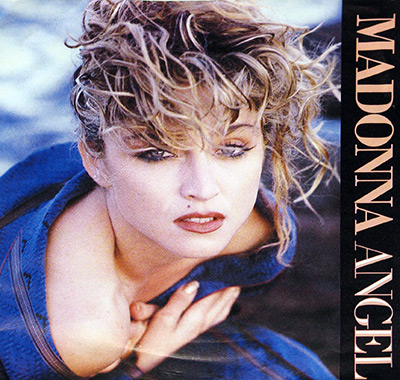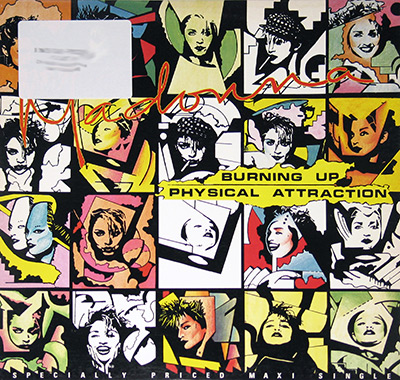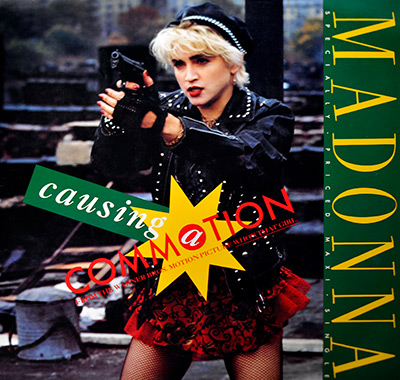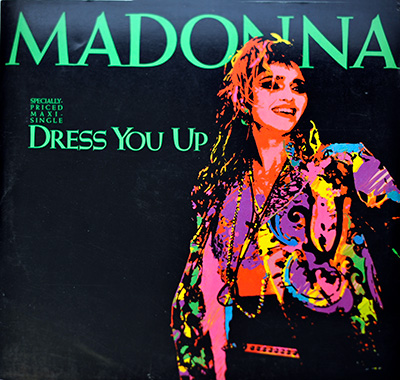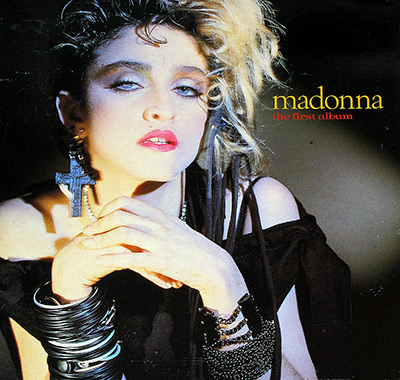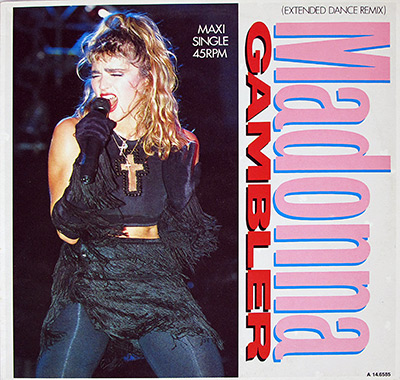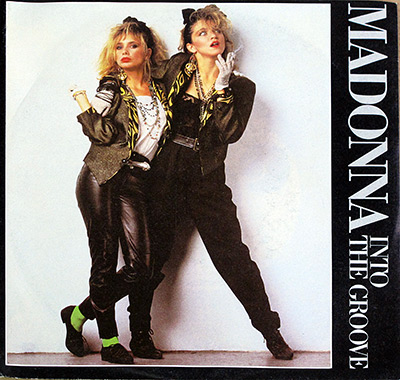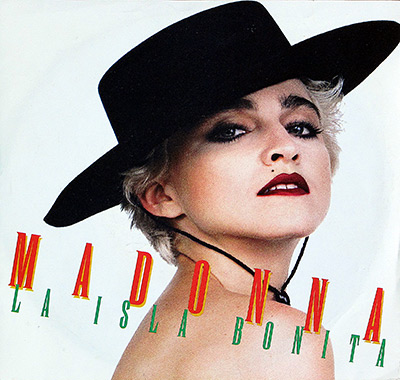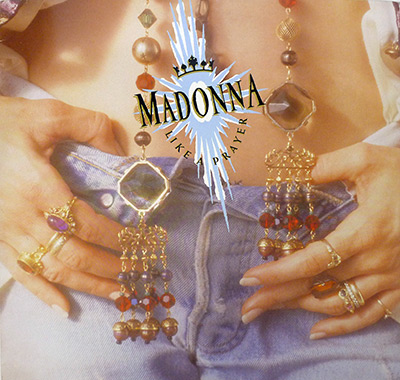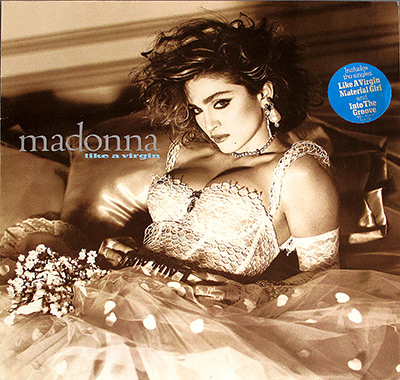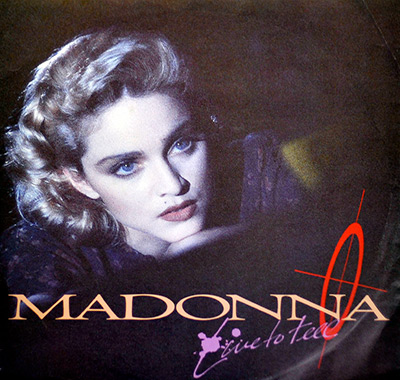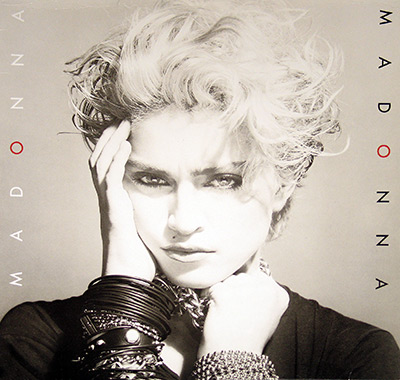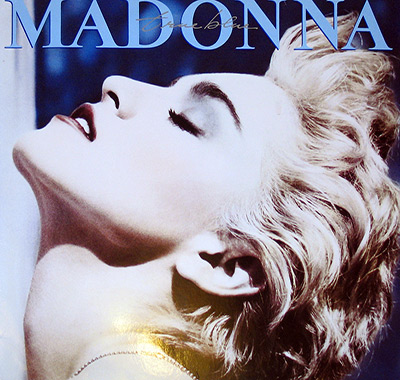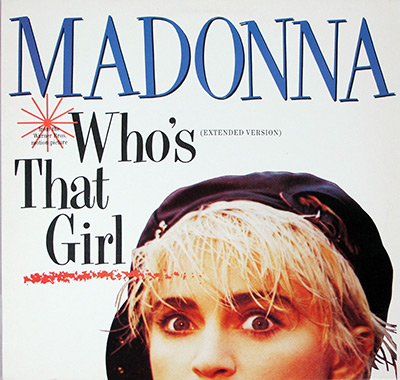MADONNA – The First Album 12" Vinyl LP Album
- The 1983 debut that transformed a New York club dream into global pop mythology
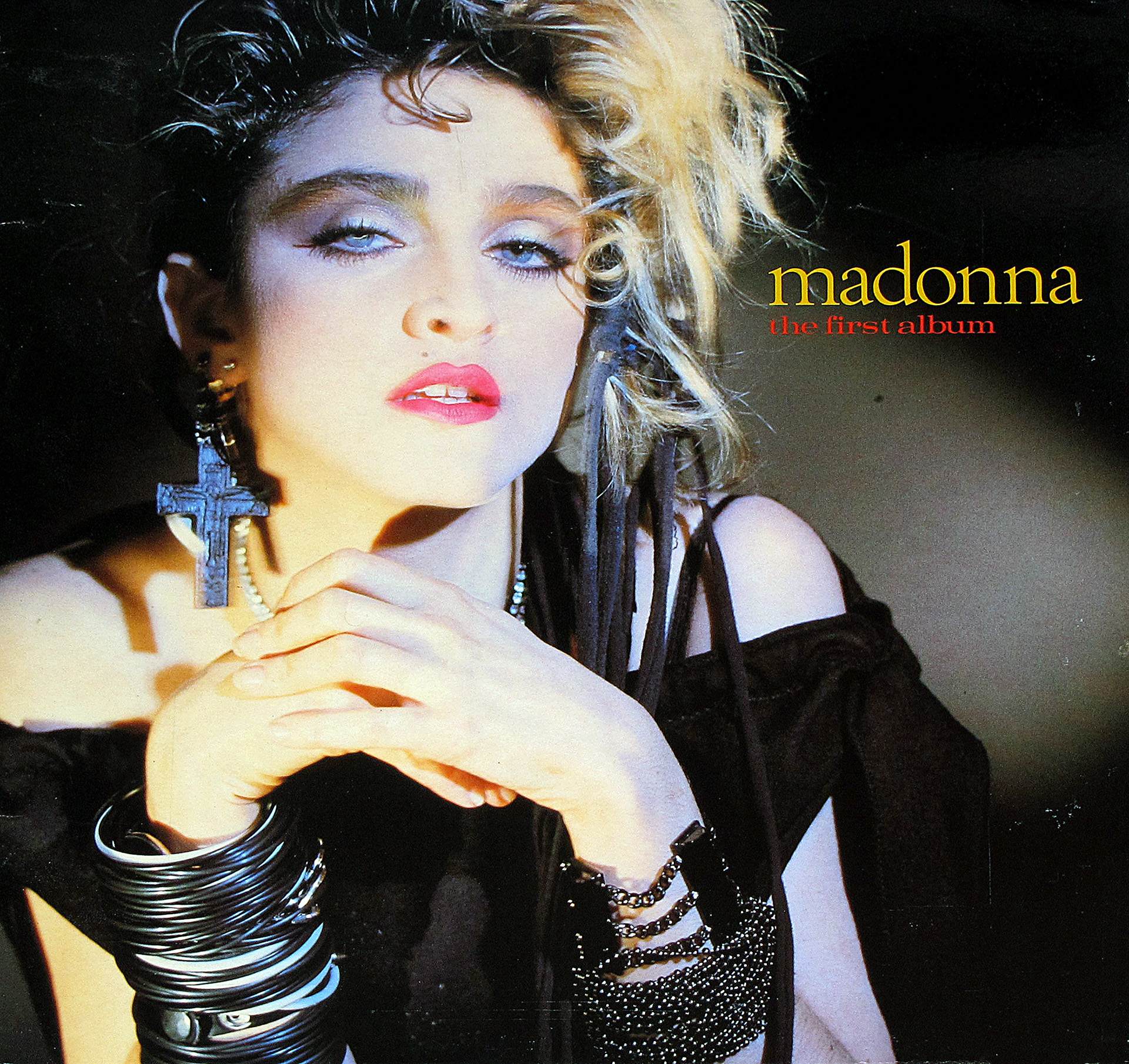
Madonna’s debut, The First Album, is where the 1980s truly learned to dance. Released in 1983, it’s the raw spark that lit a global phenomenon — all attitude, glitter, and irresistible rhythm. Recorded at New York’s Sigma Sound Studios and produced by Reggie Lucas with key remixes by John “Jellybean” Benitez, the album blends post-disco grooves and synth-pop gloss into pure pop alchemy. Tracks like “Holiday,” “Borderline,” and “Lucky Star” didn’t just climb the charts; they defined the decade’s sound and style. It’s the moment Madonna stopped chasing fame and started rewriting what pop stardom could mean.
Table of Contents
- Album Description
- Album Key Details: Genre, Label, Format & Release Info
- Production & Recording Information
- Band Members / Musicians
- Collector’s Note: Norma Jean Wright
- Complete Track-listing
- Video: Madonna - Lucky Star (Official Video)
- Video: Madonna - Holiday [Official Music Video]
- Additional Notes
- Photo Gallery
